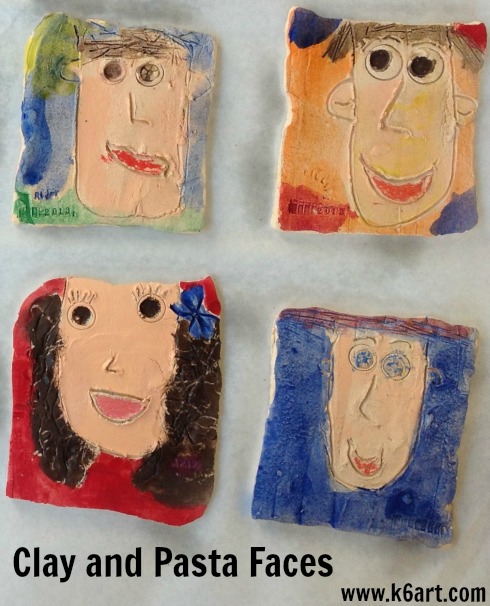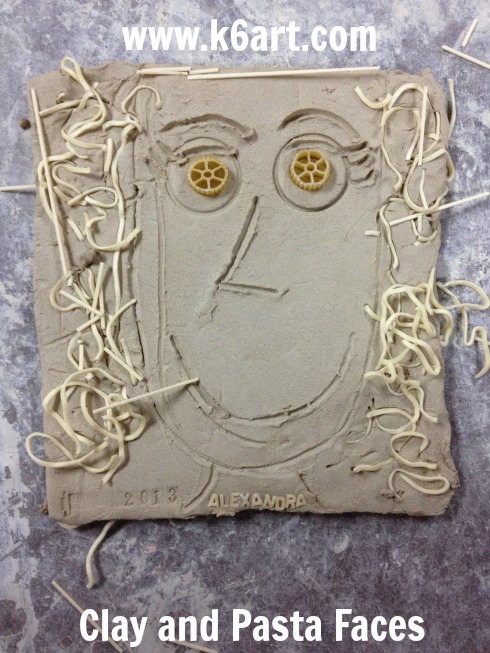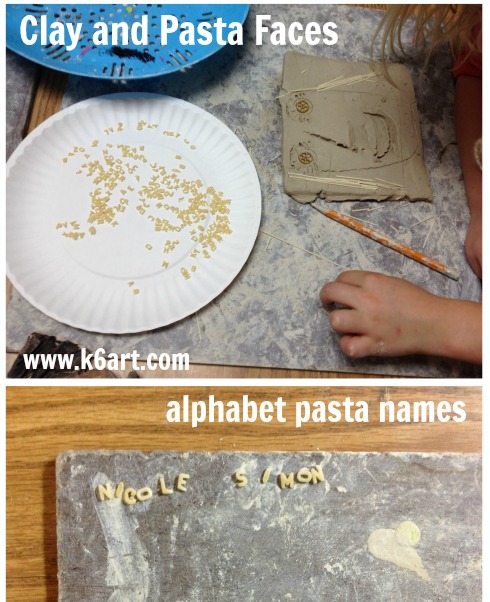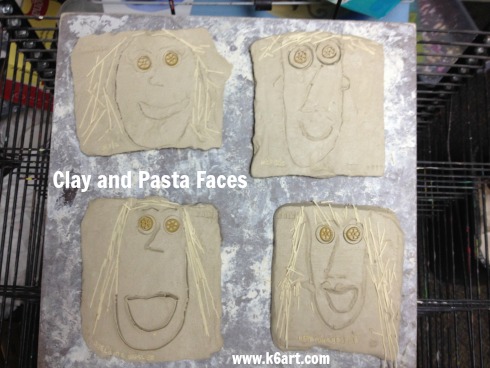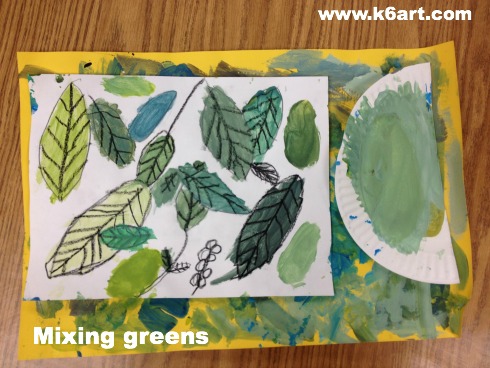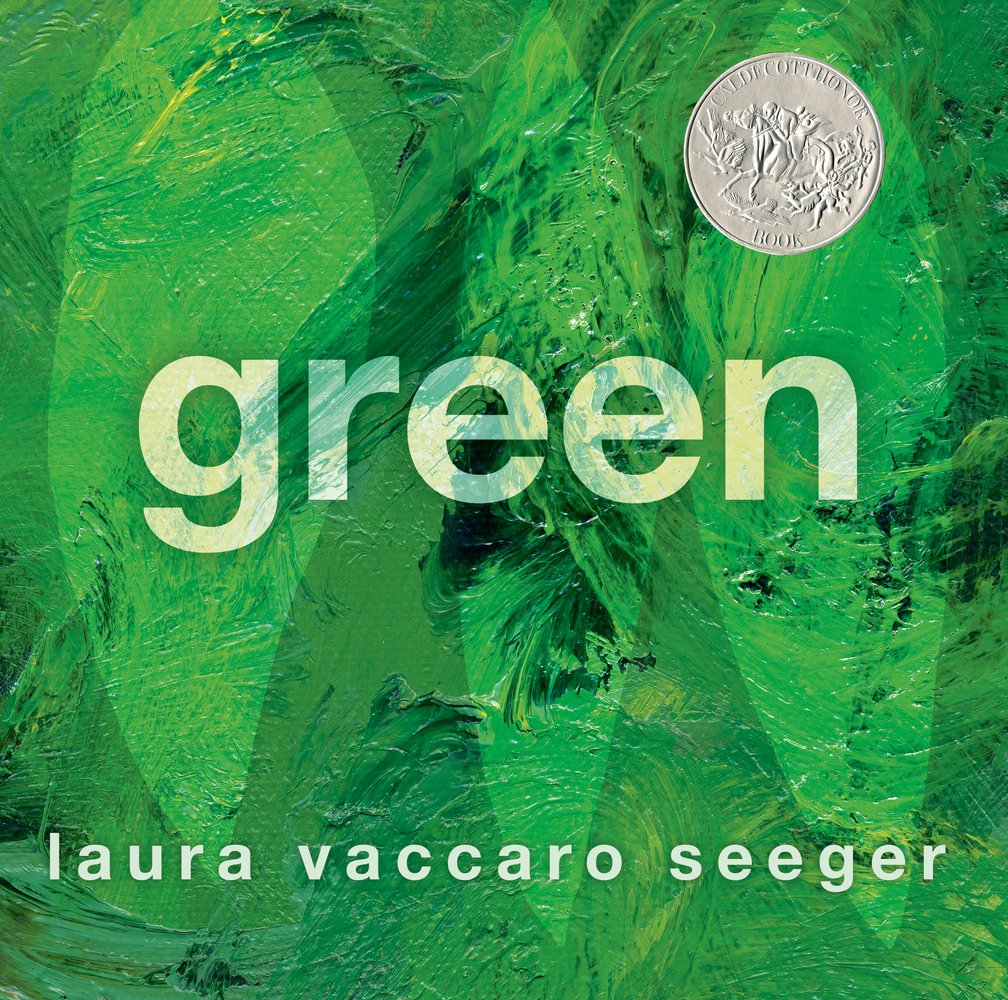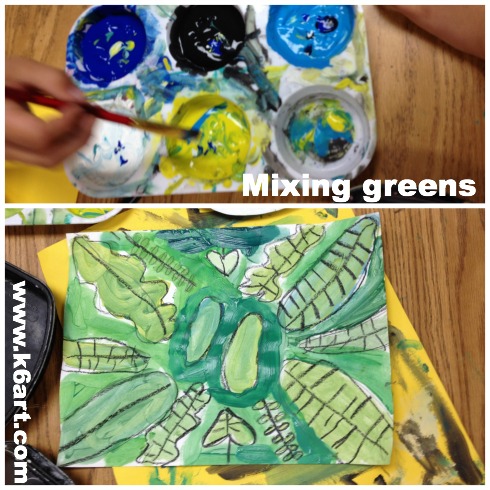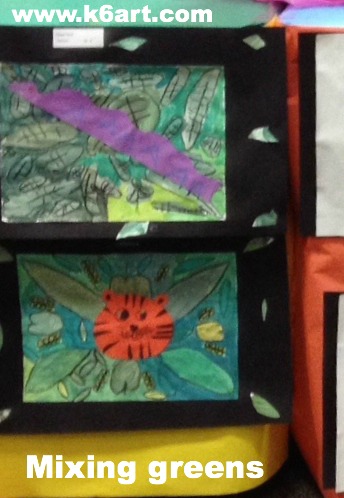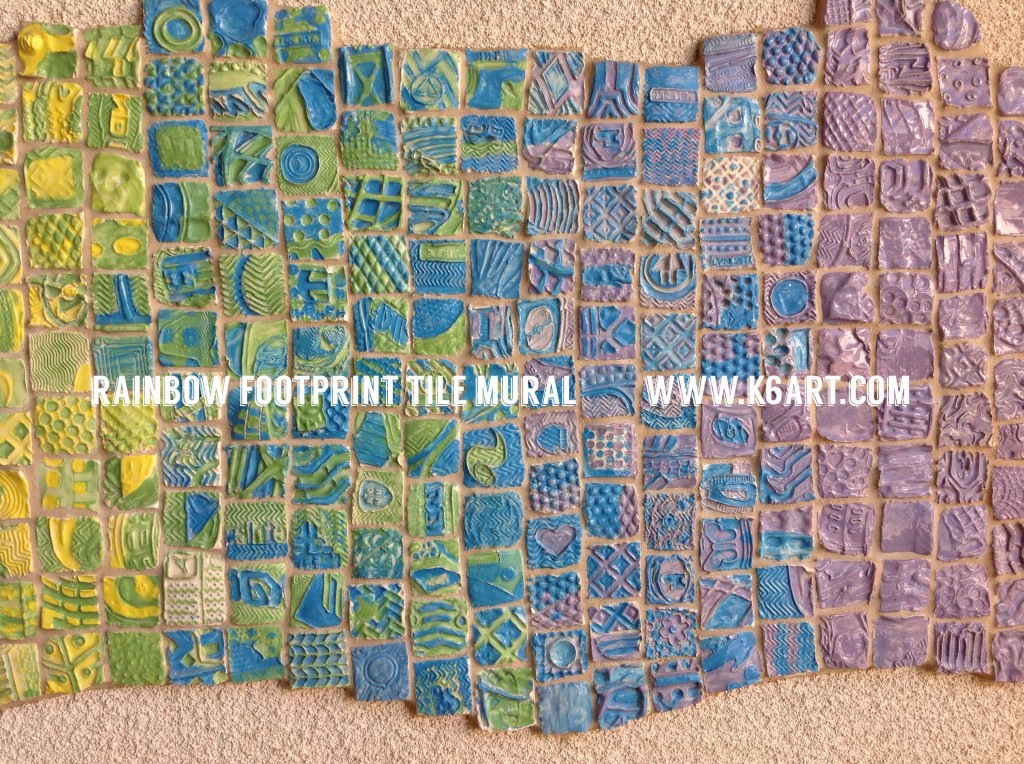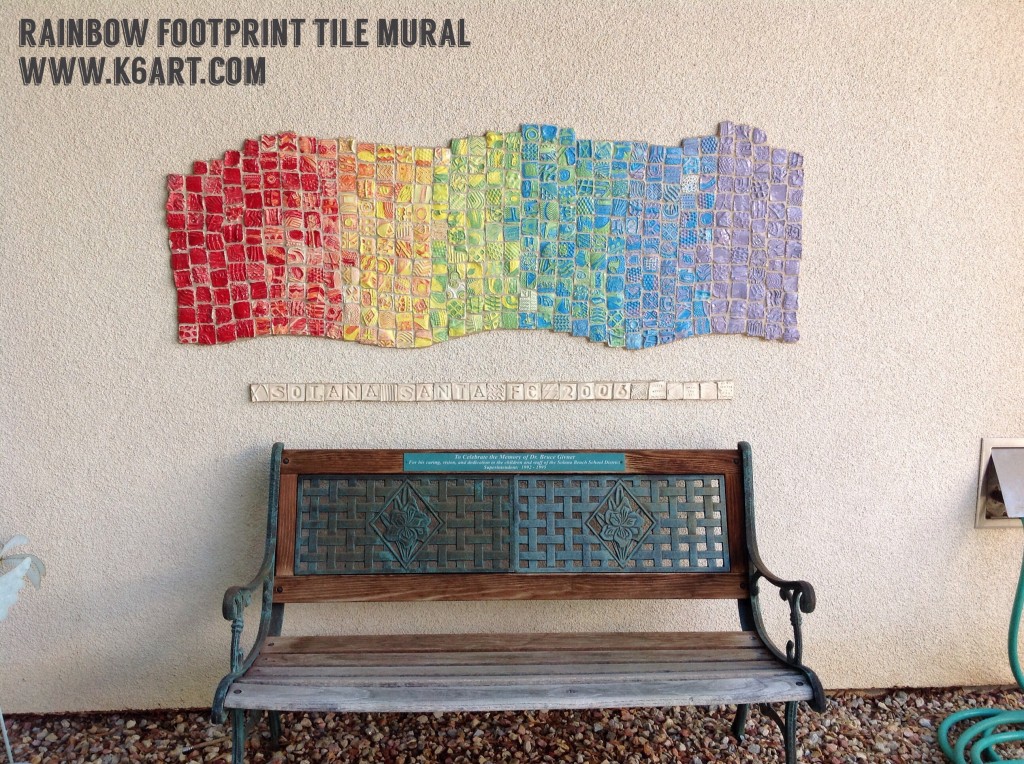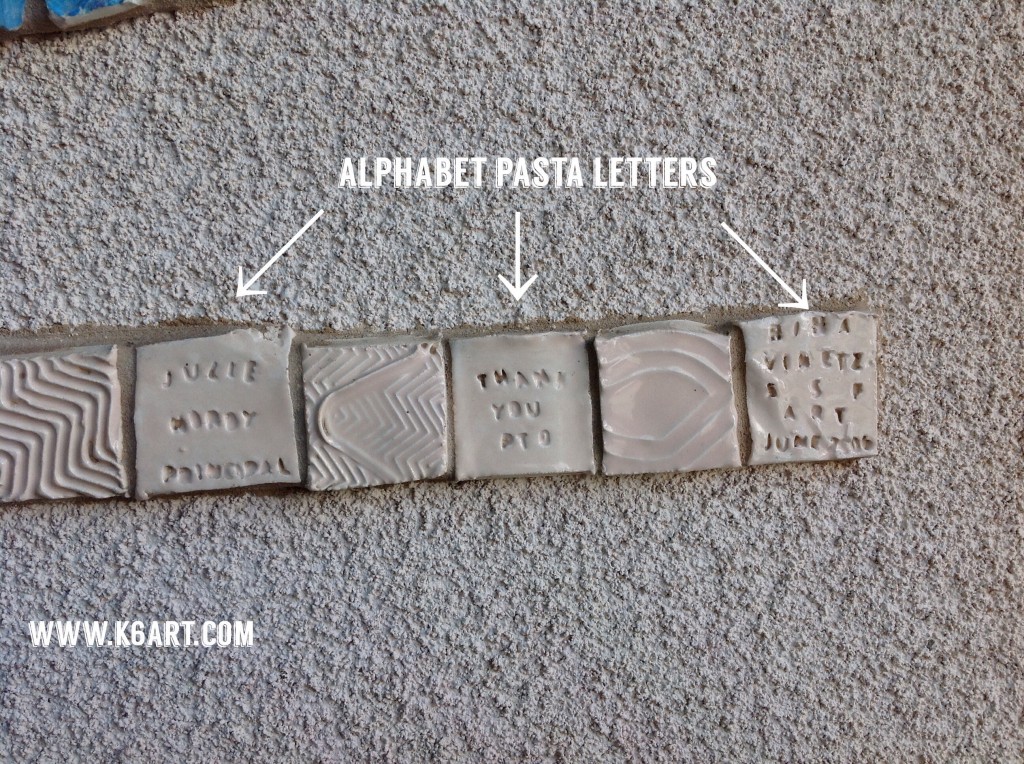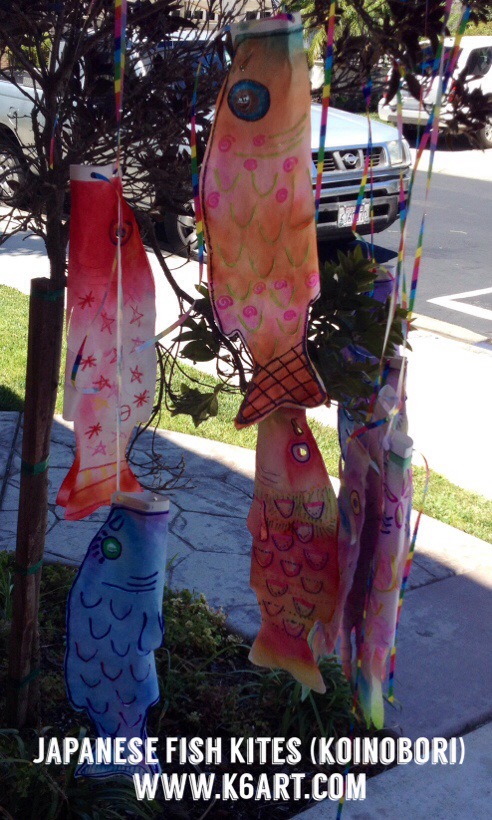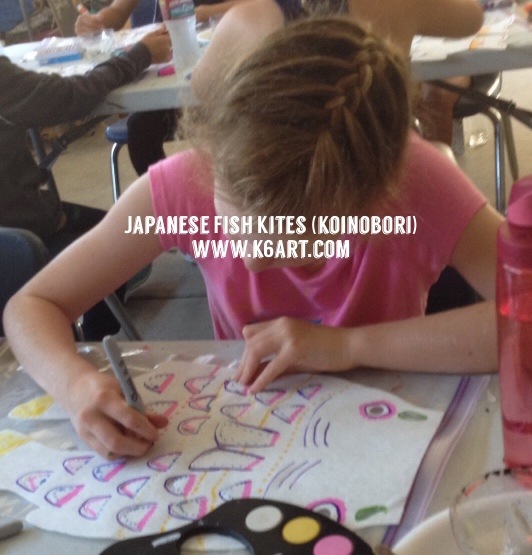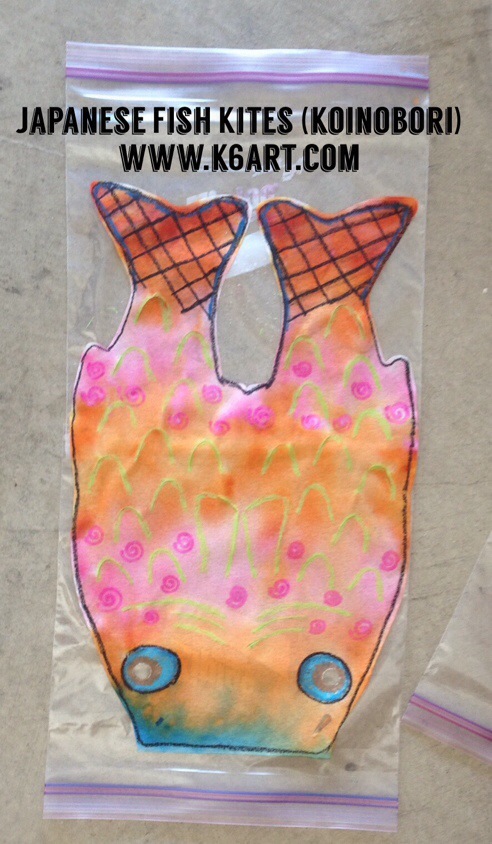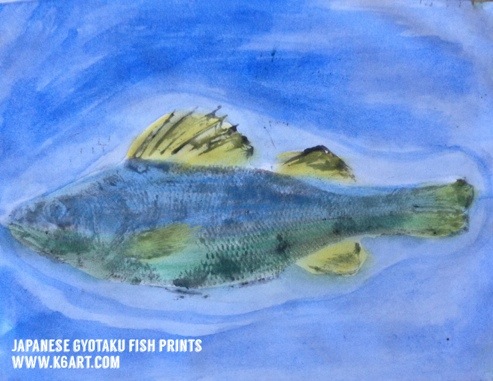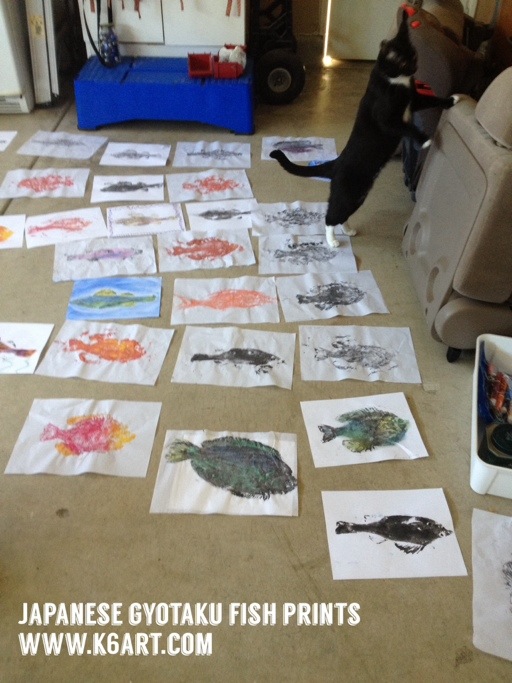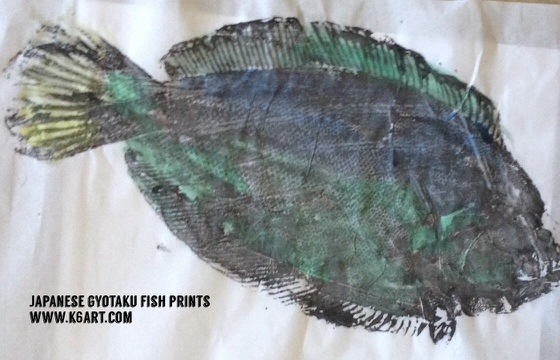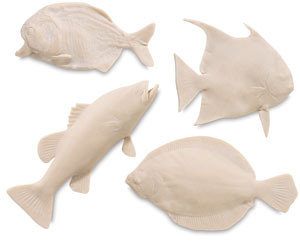The first graders made these clay self-portraits earlier this year. They were fun to make, required a single firing, and surely will be treasured by the students and their parents for years to com.
Materials:
- clay
- marker or glue stick caps
- dull pencils
- alphabet pasta (available in the Hispanic foods section of Walmart, and through Amazon)
- wagon wheel pasta
- spaghetti
- bow-tie pasta
- ramen or egg noodles
- optional: date stamps
- tempera cakes (including peach)
- Crayola multicultural paint
- crayons
- optional: ceramic spray gloss
Prep:
I used a multi-slab cutter to easily cut the clay block into identical clay tiles.
Making the face:
Students first used a dull pencil to draw the face, nose, smile, and neck. We stamped eyes with the glue stick caps. Then we added wagon wheel pasta for eyes. Curly-haired students pressed in Chinese egg noodles for hair; kids with straight hair pressed in broken lengths of spaghetti. Some kids added bow tie pasta.
Next I passed out plates of alphabet pasta. The kids spelled out their names and pressed the letters into the clay.
Finally, I added the date with an old-school rubber date stamp from an office supply store.
Allow clay to dry, then bisque fire.
Note: we did not remove ANY of the pasta before firing – we just let it burn out in the kiln.
Painting the clay:
After bisque firing, we painted them with tempera cakes. For the skin tones, I offered multicultural tempera as well as peach tempera cake. The first graders painted their faces in a snap.
Within a few minutes, the tempera settled into the porous bisque. Then the kids added mouths with crayon (or construction paper crayon). Some kids used crayon for the eye color and even for make up.
As a last step, I sprayed the clay portraits with glossy ceramic sealer.
Tips:
Live and learn – here’s what I found out:
- don’t press to hard with the pencil when drawing the portraits. Some students cut right through the slab (but came away with nice face-shaped clay portraits!)
- the pasta may attract rodents.
- egg pasta leaves a yellow tint on the clay even after firing.
- don’t press extremely hard with the wagon wheel pasta. If you do, the fired clay eyes will end up as a shallow well.
For more examples and ideas, see this post on last year’s clay self-portraits.
Enjoy!

